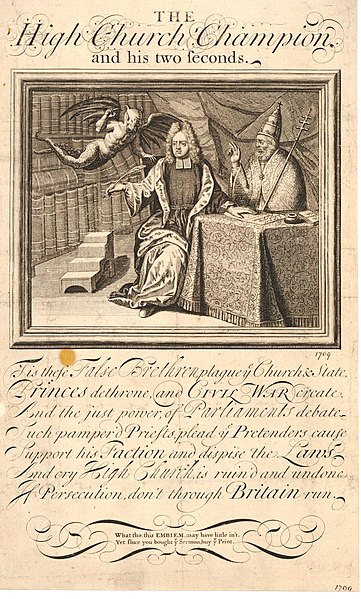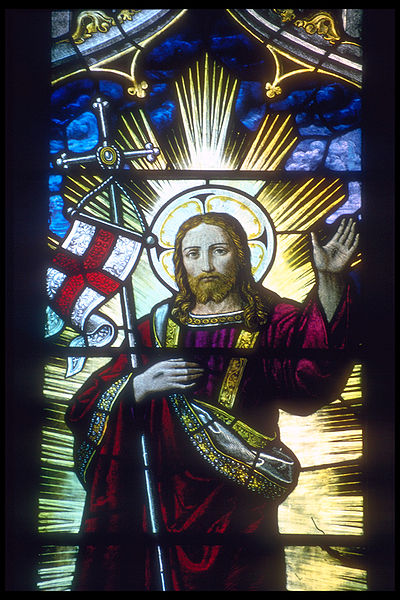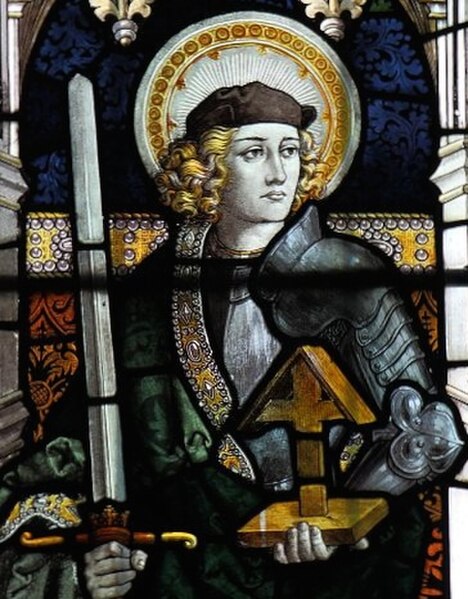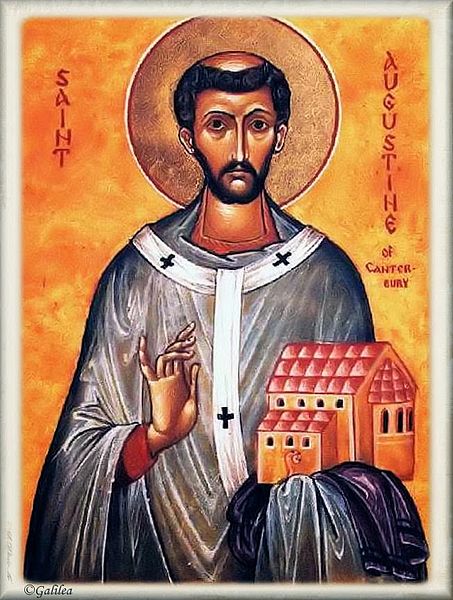The term high church refers to beliefs and practices of Christian ecclesiology, liturgy, and theology that emphasize "ritual, priestly authority, [and] sacraments". Although used in connection with various Christian traditions, the term originated in and has been principally associated with the Anglican tradition, where it describes churches using a number of ritual practices associated in the popular mind with Roman Catholicism and Eastern Orthodoxy. The opposite tradition is low church. Contemporary media discussing Anglican churches often prefer the terms evangelical to low church and Anglo-Catholic to high church, even though their meanings do not exactly correspond. Other contemporary denominations that contain high church wings include some Lutheran, Presbyterian, and Methodist churches.
Satirical broadside of 1709/10 accusing Henry Sacheverell, "The High Church Champion," of "Popery."
Eucharistic procession by the Church of St. Mary Magdalene (Toronto)
Anglicanism is a Western Christian tradition which developed from the practices, liturgy, and identity of the Church of England following the English Reformation, in the context of the Protestant Reformation in Europe. It is one of the largest branches of Christianity, with around 110 million adherents worldwide as of 2001.
Jesus supporting an English flag and staff in the crook of his right arm depicted in a stained glass window in Rochester Cathedral in Rochester, Kent, England
Saint Alban is venerated as the first-recorded British Christian martyr
Augustine of Canterbury, the first Archbishop of Canterbury
Queen Elizabeth I revived the Church of England in 1559 and established a uniform faith and practice; she took the title "Supreme Governor"






